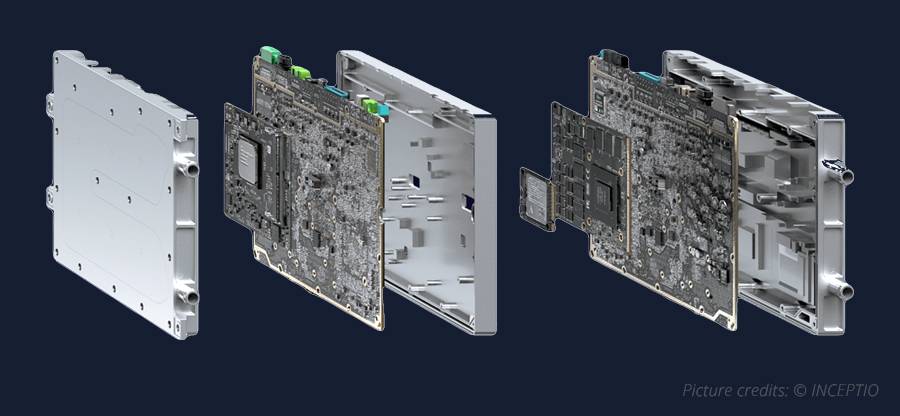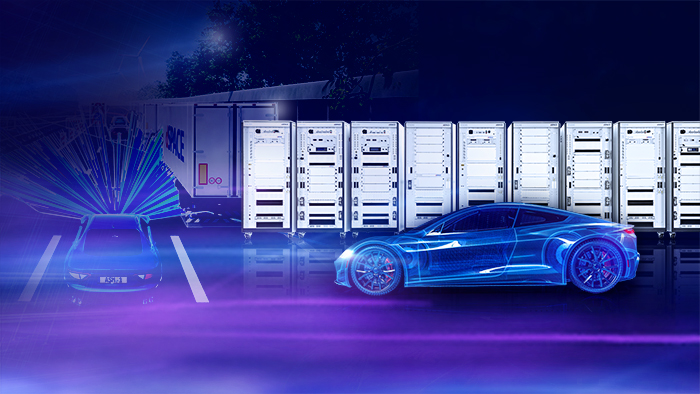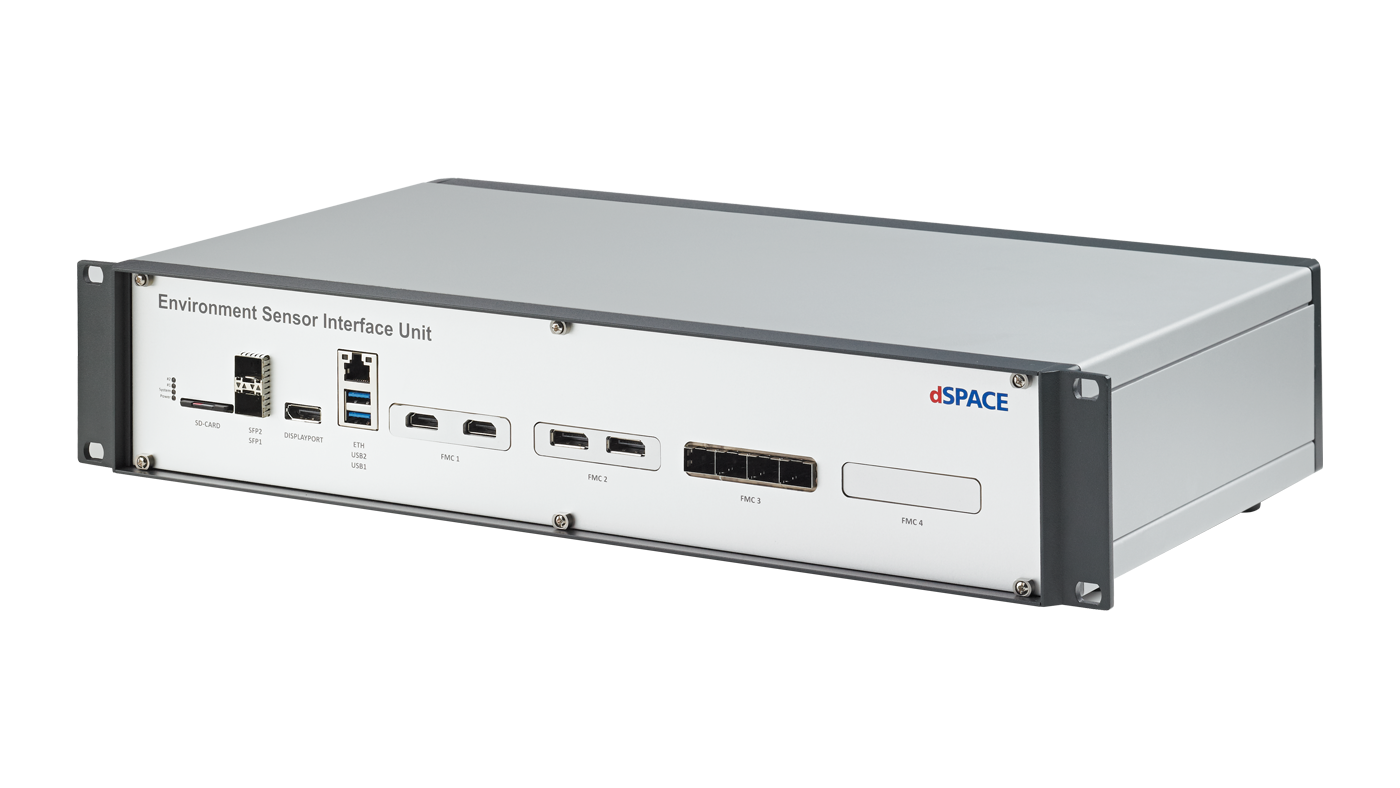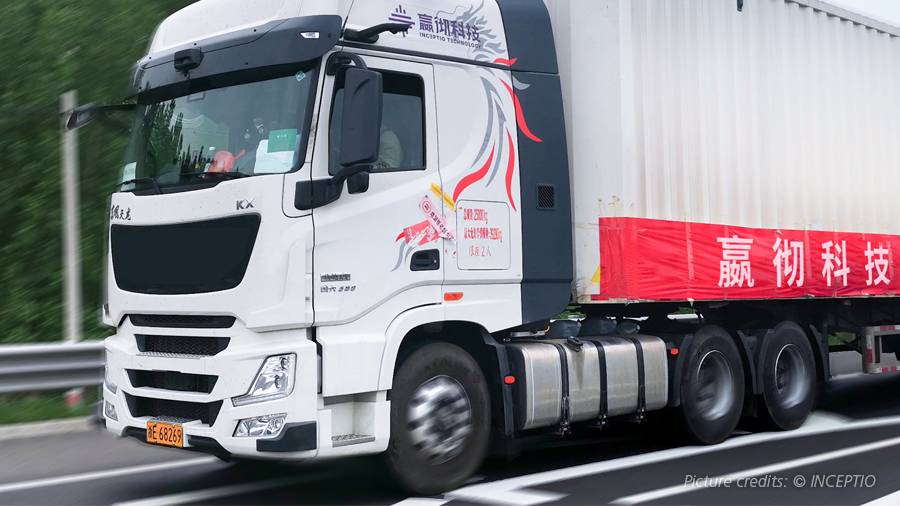
Start-up company INCEPTIO Technology is realizing an ambitious vision. It is developing a smart and efficient fleet of autonomous trucks to transport commercial deliveries up and down the interstate highways of China — and perhaps in other regions in the future.
This monumental undertaking depends on one key piece of technology. The development of a full-stack autonomous driving system (ADS) that can be integrated into a fleet of trucks to enable self-driving operations in open-road freeway environments. INCEPTIO is developing an ADS to support such commercial operations and is also fine-tuning the onboard software and cloud services.
"Our mission is to build safer and more efficient long-haul logistics by developing industry-leading autonomous driving technologies for trucks,” said INCEPTIO PR Director Lydia Zhu. “Our technologies and systems will be preloaded into mass-produced autonomous trucks.”
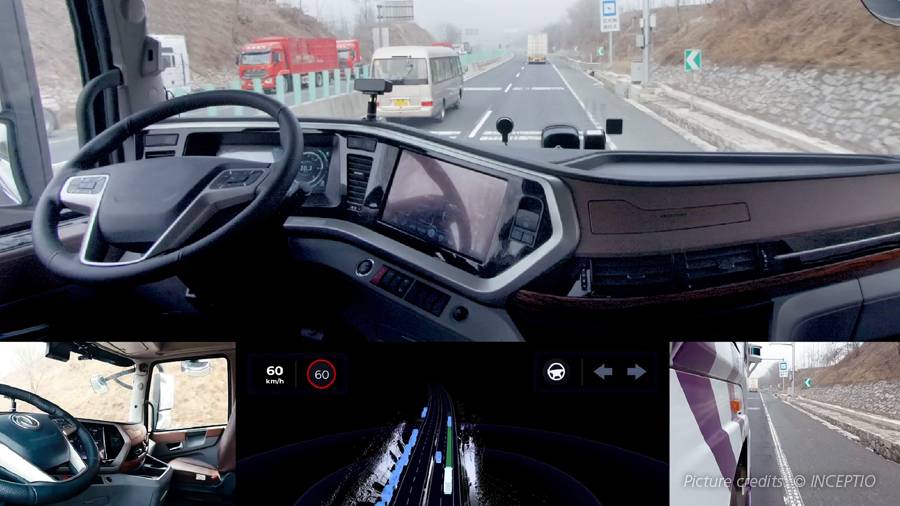
INCEPTIO Technology has completed the driverless road testing with a prototype of the L4 autonomous truck.
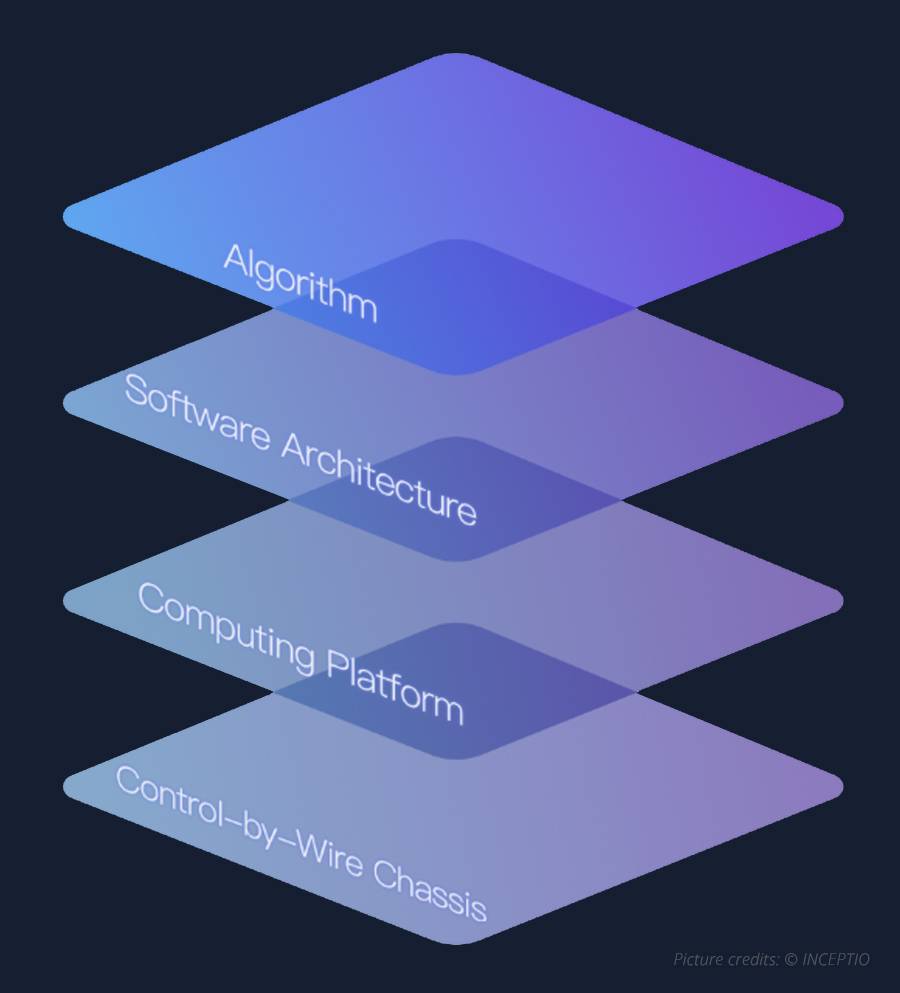
Self-Driving Computing Platform
The ADS receives a large amount of data from attached perception sensors (cameras, lidars, and radars) and performs various computing tasks, including perception, prediction, localization, planning, routing, and control.
“These tasks answer questions for the vehicle during run-time such as ‘Where am I?’, ‘What is in my environment?’ and, ‘Where am I supposed to go?’” commented Dexin Li, System Architect, Autonomy Platform, INCEPTIO Technology. “As a result, vehicle control commands are generated from the ADS and sent through the CAN interfaces to the vehicle in a timely manner.”
The software running on the ADS consists of application software for artificial intelligence (AI) algorithms, run-time middleware for software function provisioning and on-board communication, as well as firmware for hardware support. There are also dedicated hardware and software components to monitor and manage system functional safety and cybersecurity.
Setting Up a Complex, Virtual Environment
Since it is costly to perform hardware and software validations on fleets operating in the real world, and hardware and software problems are often discovered too late, INCEPTIO has made the strategic decision to use real-world and synthetic data for algorithm development and artificial intelligence (AI) model training.
Using a sensor-realistic simulation approach, the developers generate useful data at a much lower cost to validate their system in the early design phase. According to Zhu, this data will not only help INCEPTIO better understand its operational scenarios and customer needs, but it will also help the company validate its own technology in a real-world environment, including future iterations down the road.
One of their test vehicles is equipped with 3 lidars, 7 cameras, and 5 radars. To make the most of sensor data collected during product development and algorithm study, INCEPTIO combines real-world data with a virtual world where studies, triage, and analysis on system behaviors can be performed.
“This again helps us to reduce the cost of solving real-world problems and allows us to study problems thoroughly and repetitively,” explained Li. “Setting up such a complex virtual environment is not trivial. We knew it would take external resources and expertise to develop, so we reached out to dSPACE.”
INCEPTIO is using a dSPACE SCALEXIO hardware-in-the-loop (HIL) system, Automotive Simulation Models (ASM), Sensor Simulation (AURELION), and a dSPACE Environment Sensor Interface (ESI) Unit, along with several other dSPACE tools, to develop, test, and validate its ADS.
“The SCALEXIO HIL is an ideal platform for setting up a system validation environment,” stated Li. “We have identified a practical approach by connecting the data replay servers for various sensors and our ADS to the Environment Sensor Interface (ESI) unit, which in turn replays the real-world sensor data in HIL simulation and helps us validate our ADS.”
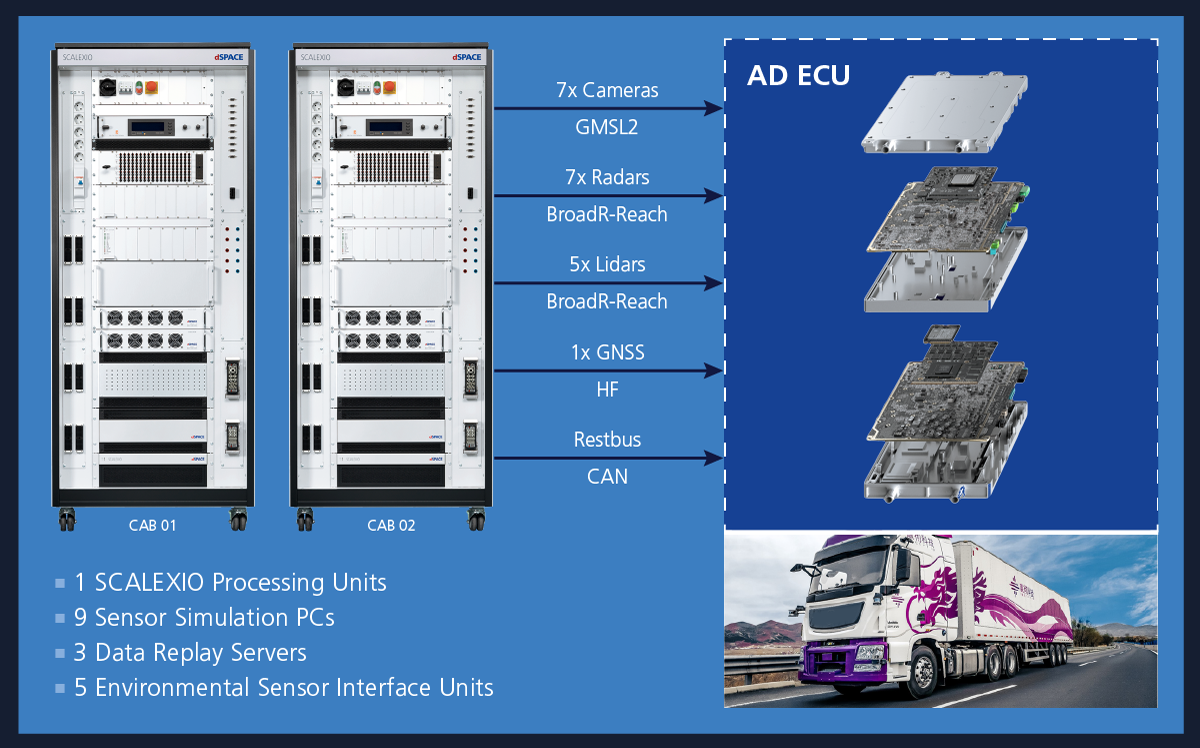
Setup of the hardware-in-the-loop (HIL) simulation system for validation of the AI-based central ECU.
Project Status and Future Plans
INCEPTIO’s project is currently in the implementation phase. To date, the startup has created a sensor simulation and data replay plan, and their engineers have intensively used the dSPACE HIL system to perform hardware validation and vehicle communication as well as control validation, autonomous driving mode control validation, and over-the-air (OTA) validation.
“The system works well,” reported Li. “We have been using dSPACE tools in various vehicle-control and vehicle-communication-related test cases. We are very satisfied with the performance of the dSPACE HIL system.”
Moving forward, INCEPTIO plans to intensify the use of ESI units together with the simulation models from dSPACE to simulate more sensor-realistic environment simulations with critical traffic situations. The setup is also suitable for performing an ’all-features check’ and associated fault injection tests (e.g., sensor disconnect) to verify the ADS hardware.
With the continuous expansion of driving scenarios, INCEPTIO generates realistic truck driving conditions under different environmental simulations, such as road damage, various roadside structures, and changing weather. The tests also include classic failures such as flat tires.
The developer will also utilize dSPACE’s Global Navigation Satellite System (GNSS) Simulator Interface blockset, connected to the HIL, to simulate and control GNSS test scenarios and signals.
Finally, INCEPTIO plans to use Intempora RTMaps multi-sensor software to collect sensor data streams and environmental CAN signals from truck tests. The data will then be replayed on the same HIL system to reproduce the same conditions as the test truck.
Conclusion and Findings
In summary, dSPACE simulation software combined with the hardware interfaces provide a powerful solution for improving the efficiency of system validation by providing simulation and replay capabilities at both the vehicle level and the sensor level. With the further use of these capabilities, INCEPTIO aims to reduce costs and improve the product quality of its autonomous driving trucking systems.
Courtesy of INCEPTIO Technology
dSPACE MAGAZINE, PUBLISHED September 2022
Created in close collaboration with

Dexin Li
System Architect, Autonomy Platform, INCEPTIO Technology



